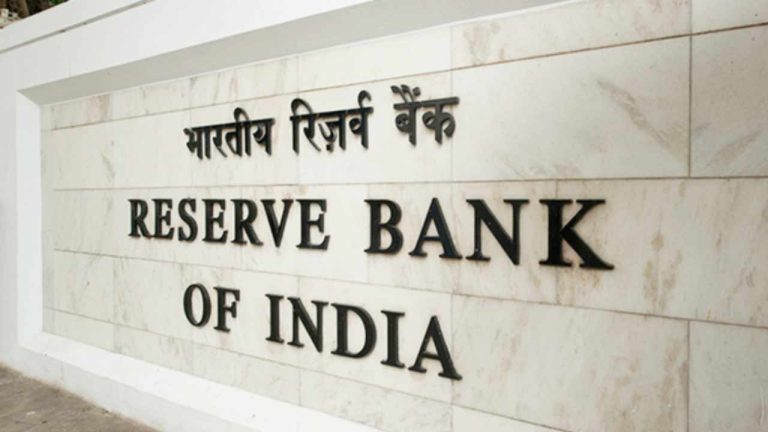
The Supreme Court bench asked the union government to file a report on whether the latter is capable of setting up a federal agency to investigate crypto-related crimes.
The Indian Supreme Court on July 27 reprimanded the Union government for the lack of crypto regulations in the country, according to a report in a local media outlet.
The Supreme Court in its observation noted that it is “unfortunate” that the government has yet to release any clear guidelines around cryptocurrencies. The observation from the court came amid growing instances of criminal activities involving cryptocurrencies and directed the Union government to bring on record whether it plans to set up any dedicated federal agency to investigate such crypto criminal cases, the local daily reported.
According to the report, Justices Surya Kant and Dipankar Datta said:
“You still don’t have any law, unfortunately. Do you have an agency at the national level to understand these cases and investigate them properly? We want you to identify a national specialised agency, in the national interest.”
The court’s observation came during the hearing of petitions booked in connection with cryptocurrency fraud cases in different states of India. The court asked the government to file a response on whether they are capable of setting up a mechanism to investigate such cases.
The fight for clear government-issued crypto regulations in India has been a long-drawn one. The government started working on a crypto bill on the instructions of the Supreme Court as early as 2018. However, the government is yet to introduce the final draft of the crypto bill despite assuring it would be completed repeatedly over the past four years.
Related: Taxman: India’s new tax policies could prove fatal for crypto industry
While the Indian government is yet to come up with crypto guidelines, it was very quick to impose crypto taxation laws, which came into effect in April 2022. The law was first introduced during the bull market when India became one of the leading crypto markets with a number of crypto unicorns and trading volumes soaring into billions of dollars. However, the tax laws had a drastic impact on the thriving crypto market as the majority of the established firms decided to move away from India due to a lack of regulatory clarity.
Collect this article as an NFT to preserve this moment in history and show your support for independent journalism in the crypto space.
Magazine: Hall of Flame: Wolf Of All Streets worries about a world where Bitcoin hits $1M











